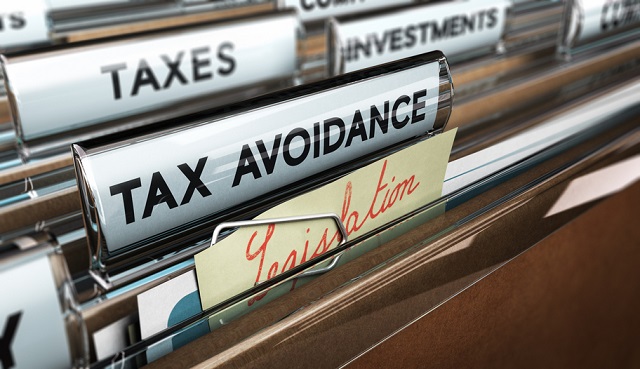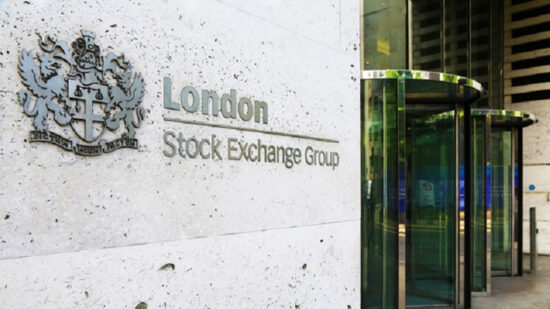Tax evasion cost the UK purse £5.2bn, while avoidance cost HMRC £1.7bn in lost revenue.
Unlike evasion, which is a blatant crime, tax avoidance is the use of technically legal means to sidestep paying what is owed. While not illegal, avoidance operates within the letter of the law, but not its spirit.
Closing the gap
Despite reaching a 10-year low, the UK tax gap was still £34bn ($44.9bn, €38.1bn) in 2015/16, the most recent period for which figures are available.
The gap is the equivalent of 6% of all the money HMRC expected to receive during that tax year. This compares with 7.9% in 2005/06 when the UK taxman lost out on £35bn.

Tax clampdown
Had the tax gap remained at 7.9%, HMRC claims the UK purse would have been robbed of £46bn, leaving the country nearly £12bn a year poorer.
Since 2010, HMRC said it has secured almost £160bn in additional tax revenue as a result of actions to tackle tax evasion, tax avoidance, and non-compliance, including £2.8bn from offshore tax evaders, through action both at home and abroad.
In September, the House of Commons Library revealed that tax avoidance cost the UK at least £12.8bn between 2010 and 2015.
As part of its clampdown, the UK taxman produced draft guidance on 20 October, outlining the penalties advisers could face if they are found guilty of enabling tax avoidance.








